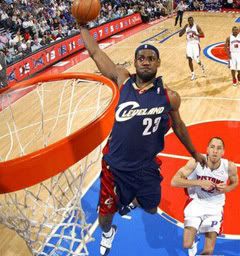
Over the next two weeks, I will be explaining the Multiple Intelligences theory by former Harvard researcher, Howard Gardner. Howard Gardner theorized that there are eight ways that people learn. These different intelligences include: linguistic, logical/mathematical, spatial, body/kinesthetic, musical, interpersonal, intrapersonal, naturalist.
When people think about these areas of intelligence, often times they may think of a person being born to sing, a born athlete, or is just good with numbers. Although there is definite genetic predisposition towards intelligence, it’s not the only thing that counts. According to Garner, intelligences are developed through biological endowment, personal life history, and cultural and historical background. In other words, genes, experiences with people and the environment, and cultural interactions determine intelligence. So beyond genetics, the experiences we have in life will either promote intelligences or discourage and shut them down.
At SDA Elementary it is my responsibility to make sure I am reaching all eight of these intelligence areas. In the posts to come, I will try to explain each of these intelligences and how they are being taught to in class. Every student is unique, which is why teaching needs to be unique and meaningful.









